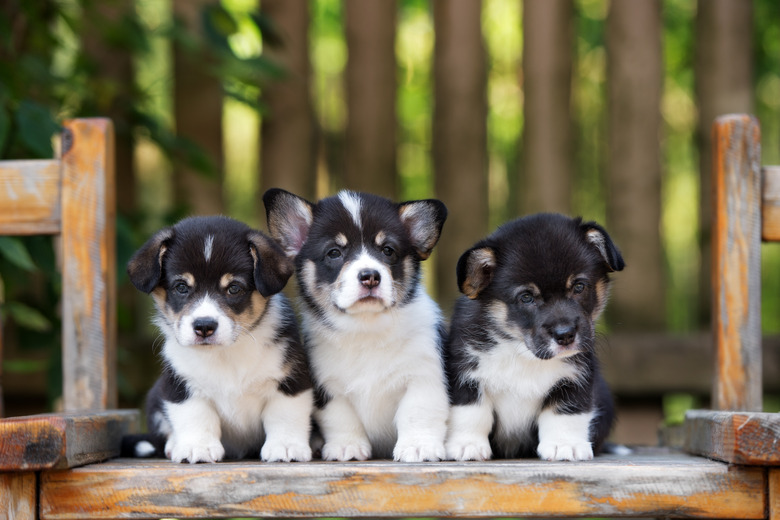What Are The 4 Characteristics Biologists Use To Recognize Living Things?
Biology is the study of living things, and all living things share basic characteristics and traits. There are many factors that differentiate a living thing from a non-living thing; biologists are still not in complete agreement about the precise number of characteristics that define all living things, but many believe there are more than four. Generally, scientists agree that some core characteristics are universal to all living things on Earth. A non-living thing might possess one or two of these characteristics, but it will never have all of them.
TL;DR (Too Long; Didn't Read)
Biologists are still not in complete agreement about the precise number of characteristics that define all living things, but many believe there are more than four. There is fairly wide consensus that all living things can be recognized by the possession of one or more cells, the ability to metabolize energy from nutrients in the environment or food, the ability to respond and adapt to changes in the environment, the ability to grow, and the ability to reproduce asexually or sexually.
Cells and Metabolism
Cells and Metabolism
Living things are complex.Their beings are comprised of one or more cells, the microscopic building blocks of any living thing. Cells that join forces to complete a shared task form tissue. Tissues form organs which work together to form systems of organs. Systems of organs form organisms.
Living organisms process nutrients from the atmosphere, like air, food or sunlight, and expel or use the chemical energy. This is called metabolism. Living things have a metabolism and non-living things do not.
Responsiveness To External Factors
Responsiveness To External Factors
Living things are able to respond and adapt to external factors and stimuli. Non-living things have no means by which to respond and do not adapt. Responsiveness is an active action, not passive. A ball rolling down a slope is passive. A person pulling their hand back after touching something hot is an active action. One characteristic that all living things share, no matter how simple or complex the organism, is the ability to respond.
Growth and Reproduction
Growth and Reproduction
Living things are able to grow while non-living things do not. Growth occurs when a living organization processes material that is different then they are and transforms it into material that is like them. A dog eating kibble (which is a material unlike the dog itself) turns it into material that is like itself in order to aid in growth. It does this by digesting and metabolizing the nutrients in the dog food and incorporating them into its body. Energy that was produced as part of the metabolism process is expended in the process of growth.
Reproduction occurs when a living thing produces a copy of itself while still living. For less complicated organisms, reproduction can be a continuation of the growing process. There are two types of reproduction, asexual and sexual.
Asexual reproduction occurs when a single organism produces an offspring that has only the one parent and whose cells are exact replicas of the parent cells. Sexual reproduction occurs when two organisms contribute to the creation and traits of their offspring. Sexual reproduction is more complicated than asexual reproduction and usually involves some level of care for the offspring after it is produced. Non-living things do not reproduce.
References
Cite This Article
MLA
Rodriguez, Bailey. "What Are The 4 Characteristics Biologists Use To Recognize Living Things?" sciencing.com, https://www.sciencing.com/4-use-recognize-living-things-8464464/. 30 April 2018.
APA
Rodriguez, Bailey. (2018, April 30). What Are The 4 Characteristics Biologists Use To Recognize Living Things?. sciencing.com. Retrieved from https://www.sciencing.com/4-use-recognize-living-things-8464464/
Chicago
Rodriguez, Bailey. What Are The 4 Characteristics Biologists Use To Recognize Living Things? last modified August 30, 2022. https://www.sciencing.com/4-use-recognize-living-things-8464464/
